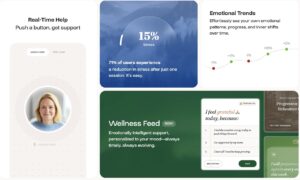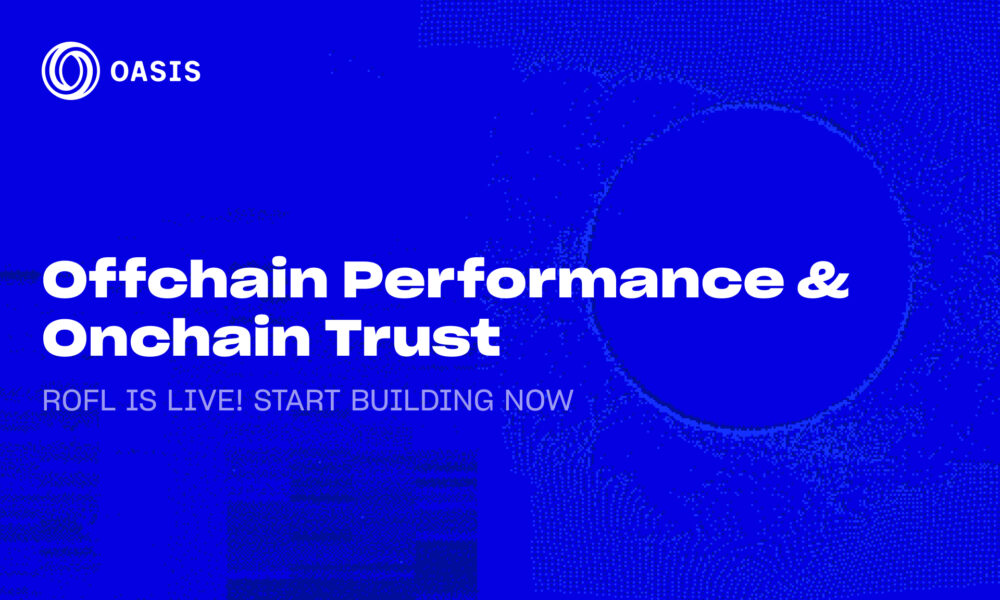Technology has catalysed advancements in everything from travel to entertainment, but some of the most significant changes have impacted sectors where technology isn’t just about convenience and efficiency but actively contributes to supporting quality of life.
In the home care space, the speed and reliability of technology have been transformative, providing care professionals with easier ways to communicate, create up-to-date care plans, share changes and requests, and connect with loved ones and other community-based services.
The home care specialists at Guardian Angel Carers explain the role home care technology has in facilitating reforms and why it has contributed to more personalised, bespoke care planning that meets the highest standards.
Developments in Home Care Technology: An Overview
As a nationwide network with years of experience, we have seen numerous changes, but some of the standout examples relate to monitoring, information-sharing and planning, which overcome some of the previous challenges and obstacles we’d encounter on a daily basis throughout our home care teams.
Some of the many examples that spring to mind include:
- Digital checklists and task assignments, where home carers visiting an individual know instantly if there are any changes to account for, such as administering a newly prescribed medication, providing support with a trip to the shops or a social event, or preparing an additional snack or meal to ensure the individual’s nutrition and welfare are well looked after.
- Remote connectivity, enabling managers, supervisors, and carers to flag urgent visits or requests from family members, share real-time information or concerns, or log support provided—bypassing any potential information or notes to be missed or handwriting to be misread. This is particularly important for visiting care teams working on rotation.
- Online communications, where we as home care professionals can better establish dialogues and share regular updates with families and loved ones, healthcare services and teams, and other organisations that might be involved in the care and safeguarding of the person.
There are numerous other instances where home care technology is incredibly useful, and there are many more innovative applications, such as remote monitoring devices and wearables that can flag an alert if a vulnerable person is at risk.
Still, the ability to circulate notices, alerts, requests and requirements instantly is beneficial for both carers and the people we support and creates an environment that is more efficient, accessible and tailored to the individual.
The Advantages of Digital Care Planning
We’ve honed in on care planning as a pivotal aspect of home care services. Care plans are never standardised but instead person-focused and holistic, comprehensive, agile plans that bring together all the information available about a person’s health, well-being, preferences, routines, and needs.
Care planning is key to safeguarding. It records all of the vital data around medications, health conditions, nutritional requirements, and other services the person or their family is in touch with, giving carers and managers a holistic overview of how we can add value.
The more detail, the better, since knowing if a person has a particular meal they love, may require help with tasks like dressing, bathing or caring for their pets, the TV shows they never want to miss, or the ideal time they’d like to head to bed for the evening can provide us with sufficient knowledge to ensure home-based care is truly personalised.
For home carers and supervisors, there are also fantastic efficiencies when switching to digital care planning, where we can:
- Ensure CareAngels spend less time ticking off tasks or logging medications and meals provided and can concentrate more of their working hours on family-feel care, compassionate support, and combating loneliness in many care recipients.
- Store care notes digitally using high-end encryption and data protection for privacy and confidentiality, yet with the ability to access care plans immediately and on demand.
- Share information with healthcare providers and hospitals where required, ensuring there are never any confusions about a person’s well-being and cognition or potential risks if they cannot communicate their needs with healthcare professionals in an emergency.
Great care planning also contributes to improved clinical safety. During a handover or when arriving at a visiting care placement, carers can see straight away if they need to change their usual approach, avoiding potentially very serious issues like dehydration, medication errors, or missed care visits.
How Home Care Tech Creates a Positive Environment for Collaboration
A final point around the importance of digital care planning technology relates to multi-party dialogues, where everybody involved in helping a person is actively and meaningfully involved.
Rather than trusting a care team to pinpoint a need or follow a static care plan that may have become less effective over time, families can keep in touch on an ongoing basis with both the person receiving home care, the carers supporting them, and the supervisors responsible for care planning.
We often speak with families who worry about expressing concerns when they identify that a care recipient is struggling with something outside of the existing care plan. This is commonly due to confusion about how to approach care providers or wanting to avoid being seen as ‘interfering’.
This is never the case, but providing app-based secure portals means families and loved ones can communicate quickly and easily in a convenient and approachable medium. It gives them a straightforward way to log concerns and the peace of mind that these can’t be missed, forgotten, or not shared with the appropriate person.
Whether we are delivering visiting, overnight, or live-in care, consulting with a family about the needs of themselves or a loved one, or assessing a potential need to adjust care provision for an existing care recipient, the input, guidance, and involvement of families are extremely important.
Introducing digitised care plans, alongside in-person chats and updates, means we remain continually up to speed, ensure families feel comfortable approaching the relevant care team, and exceed regulatory requirements while putting the needs, happiness and well-being of every care recipient at the top of our priorities.































